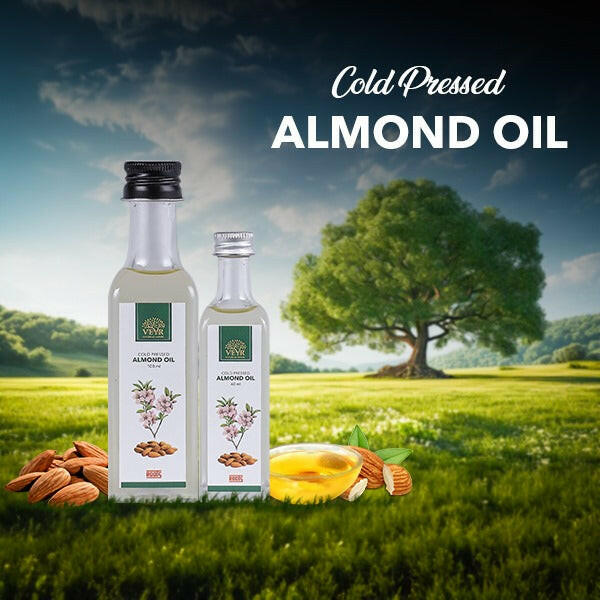
Wild Honey vs Cultured Honey: Key Differences, Benefits, and Uses
Introduction to Wild and Cultured Honey
Wild Honey is honey that is gathered from the beehives in natural habitats and has not been interfered with by human beings. Cultured Honey, in contrast, is made in bee farms with human supervision and control. It is usually processed and filtered, and it does not have the same health benefits as raw honey.
Key Differences
| Feature | Wild Honey | Cultured Honey |
|---|---|---|
| Source | Natural beehives in forests | Controlled bee farms |
| Processing | Raw, unfiltered | Pasteurized and filtered |
| Nutrients | Rich in pollen, propolis, antioxidants | May lose nutrients in processing |
| Flavor | Complex, varies by region | Uniform, smoother |
| Shelf Life | Shorter due to raw state | Longer due to pasteurization |

Benefits of Wild Honey
- Nutritional Value: Rich in pollen, which is a great source of enzymes, vitamins, and proteins that help with immunity and reduce inflammation.
- Propolis Content: Contains propolis, a resinous compound made by bees with antifungal, antibacterial, and anti-inflammatory properties.
- Antioxidants: Packed with antioxidants that protect cells from damage and reduce the risk of diseases like cancer and heart disease.
Benefits of Cultured Honey
- Consistency: Cultured honey has a more uniform taste and texture, which can be preferable for some consumers.
- Shelf Life: Generally, has a longer shelf life due to pasteurization.
- Accessibility: Easier to find in most supermarkets and online stores.
Uses of Wild and Cultured Honey
- Culinary: Both types can be used for cooking and baking. Wild honey can give a unique flavor to dishes.
- Health: Wild honey is preferred for its medicinal properties, but cultured honey is still beneficial for energy and antioxidants.
- Skincare: Both wild and cultured honey can be used in skincare products due to their antibacterial properties.
Choosing the Right Honey
When deciding between wild and cultured honey, consider your needs and preferences:
- Health Benefits: Opt for wild honey if you are looking for maximum nutritional value.
- Taste and Texture: If you prefer a smoother texture and consistent taste, go for cultured honey.
- Price vs. Quality: Wild honey is usually more expensive due to its raw nature and limited availability.
Rootsveyr: Empowering Tribal Communities
Rootsveyr sources its honey from tribal communities, which empowers the lives of those communities. This not only ensures a high-quality product but also supports sustainable practices and local economies.
Corporate Gifting with Rootsveyr
Rootsveyr offers a unique corporate gifting option for businesses looking to share their high-quality, unique honey products with clients and employees. This can be a great way to enhance your brand’s reputation by showing your commitment to sustainability and supporting local communities.

Conclusion
Both wild honey and cultured honey have their own benefits. Wild honey is ideal for those seeking a raw, unprocessed product with a complex flavor and higher nutritional value. Cultured honey, however, offers consistency and a longer shelf life. Rootsveyr’s mission of sourcing honey from tribal communities adds an ethical component to the purchase of wild honey, making it an even more attractive option for health-conscious consumers and businesses.
[shortcode id="690b4dbc545329f1644d7eaa" name="Wild Honey vs Cultured Honey: Key Differences, Benefits, and Uses" layout="Accordion"]








